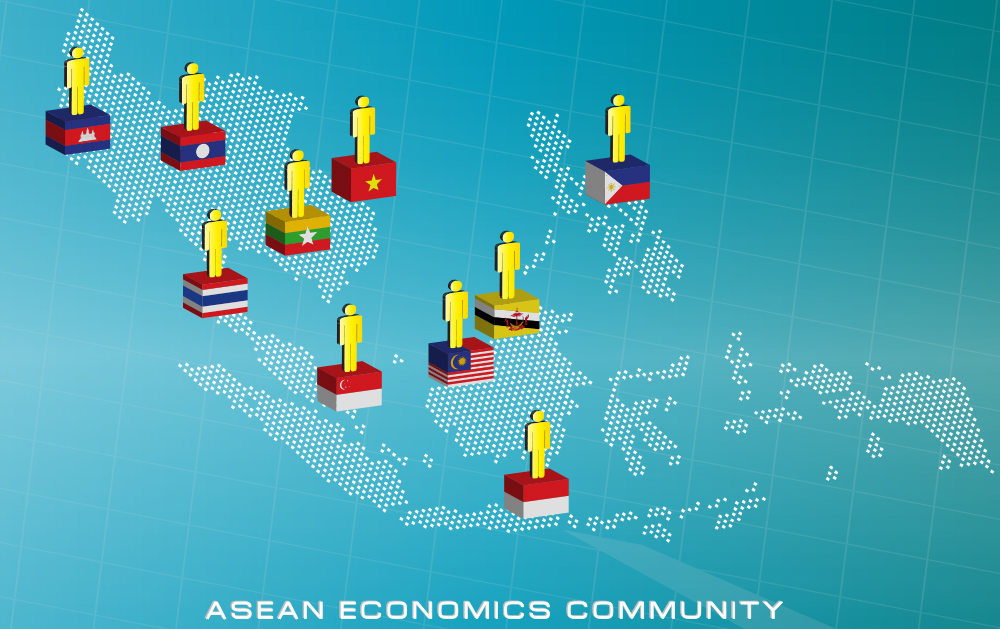A couple of weeks ago Wulff Entre partnered up with Nordic Industries Development (NID) for a pro-seminar about Southeast Asia. On the agenda was creating a deeper understanding of the region and its business opportunities.
With main guest speaker Jari Hietala, Vice president of Vahterus Asia, a regional business development professional who has been living in Asia for over a decade and Juha Seppänen, CEO of NID group, some valuable points were made.
Here is a recap for those of you who are interested in building sustainable sales channels in Southeast Asia.
1 – ASEAN is a fast becoming a highly competitive community
ASEAN is one of the world´s fastest growing markets, yet one of the least well known. While China still remains the giant of the emerging markets, investors and multinationals have started looking towards the ASEAN countries for new business opportunities.
Where these countries differ in size and economic development, they coincide in growth potential. According to McKinsey & Company (2014), ASEAN, with its combined GDP of 2,4 trillion dollars, would be the world’s seventh largest economy, if a single country. With the current growth rate, ASEAN will be the world’s fourth largest economy by 2050.
A high growth rate is no new phenomenon, as the ASEAN countries have been outpacing the rest of the world on GDP per capita since the late 1970s. Much of this growth has been driven by consumer markets outside of the region, mainly Europe and the US. As the world’s third largest labour force, and as an established hub of manufacturing, trade, retail and transportation, ASEAN is now also one of the fastest-growing consumer markets in the world (Abonyi, G, 2015).
The ASEAN countries are home to more than 600 million people, or about 9% of the world’s total population. The growth in income has generated about 67 million middle class households, shifting the business focus from production, trade and serving consumers in advanced economies to supplying growing regional demands. At this rate, the number of middle class households are likely to double by 2025 (McKinsey & Company and Seppänen, J, 2015).
Increased urbanization has also created new opportunities for the region’s companies. An estimated 22% of the ASEAN population lives in cities with more than 200 000 inhabitants and an expected 54 million are to join by 2025 (McKinsey&Company). Online presence is also growing rapidly with an estimated mobile penetration of 110%, internet penetration of 25% and the world’s second largest Facebook user community.

2 – ASEAN is home to many growing industries
There is no definite answer to most promising industry, but some general trends and developments have been identified: greater focus on energy development and cleantech, adaptation and development of IT and telecommunication, development of marine technology, advancing healthcare systems and furthering educational possibilities. For most of these, ASEAN will still be relying on foreign technology and capital.
Thailand, Malaysia, Singapore, Indonesia and Vietnam are viewed as having the most growth potential in energy and cleantech. Malaysia is looking to find alternative and cheaper fuels in order to reduce its diesel imports, Vietnam has plans on building nuclear plants and increase its renewable energy composition in all its power generation and Indonesia and Singapore are focusing on clean energy and pollution reduction.
The Philippines, Indonesia and Singapore are viewed as having the most growth potential in IT and telecommunication. Especially Singapore is considered interesting as it is aiming to become the world´s first smart city nation, thus looking to invest in all types of smart technology (Hietala and Seppänen).
For healthcare, education, forestry and marine technology, companies are encouraged to look to Indonesia and for healthcare and finance to Singapore.
Myanmar, even though currently small, deserves to be mentioned. Myanmar has been opening its economy and relaxing its political laws these last few years. Even though it is yet too early to estimate the outcome of these developments, the progress towards democracy is still evident. If this progress continues, the country could offer some serious new business opportunities. The next 2 or 3 years will show if these developments are part of a more permanent change, or if the country will recess to earlier rule (Hietala and Seppänen).
However great a combined opportunity, it is important to recognize the differences in development, culture, politics and language when selecting the market for your company and products.
Keeping that in mind, WE’s next post about business in Asia will be hitting you up with some practical advice on tackling these differences.